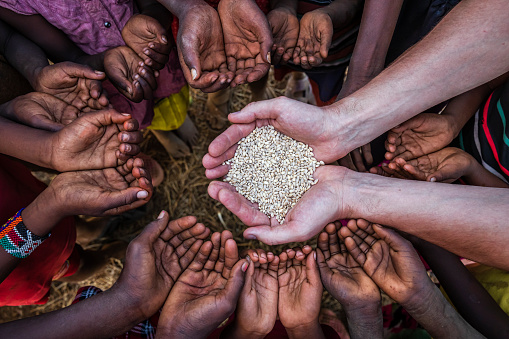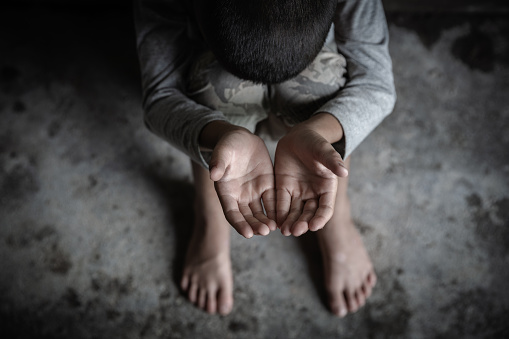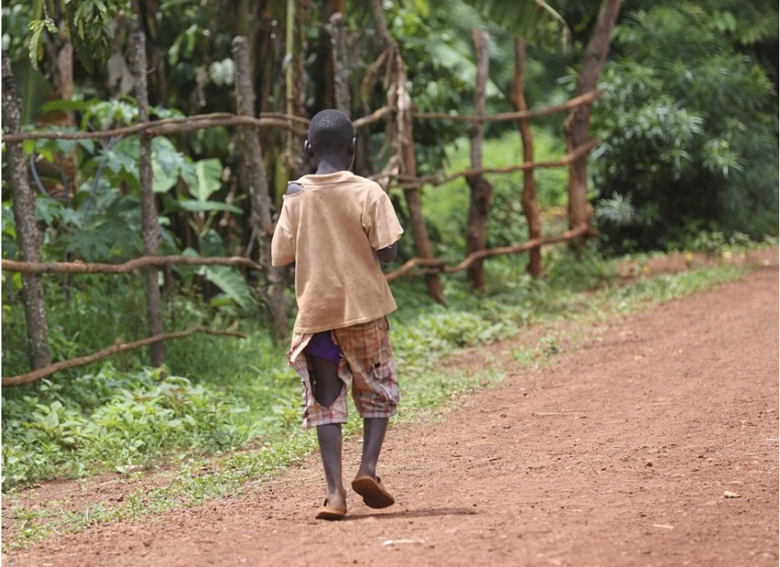As the world celebrates International Children’s Day today, it is very apt and strategic to discuss one of the major issues confronting children globally, though it is given little or no attention in national planning and social advocacy. Child poverty is a global issue affecting millions of children around the world. Child poverty refers to a situation whereby children live in households that do not have the resources necessary to meet the basic needs of these children and provide them with an adequate standard of living. Child poverty is multi-dimensional. According to the UNDP, multidimensional poverty considers not only income but also other forms of deprivations including lack of education, healthcare, and clean water. As of 2020, about 1.3 billion people globally, including many children, were living in multidimensional poverty. Child poverty can therefore be defined in its other dimensions besides income deprivation. We can define child poverty in terms of basic necessities including limited access to food, clean water, proper sanitation, healthcare, education, shelter, and other necessities of life. Child poverty can also be viewed in terms dearth of resources and opportunities to enable children achieve their lifelong dreams, maximize their potentials and break free from social and economic restrictions. Inequality and social exclusion; marginalization and discrimination are among the social drivers of child poverty.

When children grow up in an environment where unemployment is rife, public infrastructure, nearly absent and living standards very low, there is more likelihood of child poverty. Child poverty is also associated with development and good governance. In developed economies where governments are genuinely responsible to the citizenry; in societies where political social responsibility (PSR) is given attention; in societies where children are really treasured as the future, child poverty is lower in such climes. Available statistics show regional disparities in the prevalence of child poverty. Sub-Saharan Africa leads the pack with the highest rates of child poverty prevalence: about 51% of children in sub-Saharan Africa live in monetary poverty. Child poverty prevalence in South Asia is 36% making it the next most affected region after sub-Saharan Africa. However, child poverty prevalence rates in Europe, North America, and Oceania are lower, ranging between 2% and 20%. Child poverty is more prevalent in rural areas than in the cities. Girls often face specific challenges like gender discrimination and early marriage which are prone to child poverty. Beyond statistics, child poverty stares us in the face daily; it leaves in the street, we come across it in worship centres; it leaves in our neighborhoods. Each time we find a child hawking when he/she should be in school; each time families become homeless by insecurity, natural disaster or economic displacement; for each under-aged girl that is forced into marriage rather than pursuing her ambitions, child poverty is emboldened. When we read about the number of out of school children, we are simply reading about child poverty in another dimension.

Long-term consequences of child poverty affect not only the individual child, but the society in general. Children who are exposed to child poverty are more likely to experience poor education, reduced earning capacity, higher rates of unemployment, and are at a greater risk of engaging in crime. Addressing child poverty requires a comprehensive and multi-stakeholder approach that involves socio-economic policy measures of government, the charitable spirit of well-meaning corporate citizens and the sense of care and affection of private citizens. Mandatory and free education for children is one policy that needs to be given due attention in national planning in developing nations. Until nations begin to consider investment in children’s education as a necessary investment for national well-being, sustainable development would be far, and child poverty, rife. In climes where legislations prohibiting child marriage are ridiculed and jettisoned in parliament, child poverty would continue as more children are plunged into illiteracy, emotional and sexual abuse with no opportunity to realize their potentials. Bridging this policy gap is a political social responsibility of government which must be given more attention than the usual ceremonies hosted by governments in the name of celebrating children every May 27th. CSR activities and other forms of corporate charity must be used to address this menace. Social impact activities to enhance the income of households, improve access to education and build public infrastructure should be the focus of CSR strategies. Scholarships for indigent children, skills acquisition and training, support for micro and small-scale enterprises are other ways of addressing child poverty from a corporate perspective. The simple acts of human kindness that alleviate economic deprivation can go a long way in reducing the prevalence of Child poverty in our society.

What must be done urgently
Implementing well-thought-out social protection programs that provide financial assistance, access to healthcare, and other forms of support to low-income families will make a huge difference. Investment in education and education infrastructure, with equal access to education for all children, irrespective of their socio-economic status, is a necessary pre-condition to reduce the prevalence of child poverty. Promoting equal employment opportunities and income-generating activities for parents to lift families out of poverty is a social good every responsible government must procure for its citizens. The more households that are moved out of extreme poverty the lower the rate of child poverty. The growing deficit in health infrastructure in rural communities is fast accelerating child poverty, therefore efforts must be made to provide access to quality healthcare for rural dwellers, especially children. This may include free and subsidized access to healthcare including health education and hygiene. As a new administration berths in the Nigerian political space, for example, it is an opportunity to push legislations that strengthen social support systems and safety nets to protect vulnerable children and families; it is time to represent the Bill prohibiting early marriage; it is time for government to show genuine commitment to poverty alleviation in all households for the sake of the children. Whereas Europe, North America and the Oceania are reputed to have the lowest prevalence of child poverty, it is time for these regions to hand-hold sub-Saharan Africa and South Asia and lead them out of the danger zone. This is the whole essence of developing global partnerships for development as enshrined in SDG 17: that those who have developed capacity to drive sustainable development would, through global partnerships and associations, encourage and support others to build their own capacity. Since we are now in a global village, the effect of the weaker links would continue to deplore the strength of the strong and mighty: as long as prevalence rate of child poverty in sub-Saharan Africa and South Asia remains high and growing, the global prevalence would still mimic much of the high numbers than those with lower prevalence rates. The world would benefit more when the prevalence of child poverty is drastically reduced in all continents of the world.

The CSR Arena is a CSR advocacy and sustainability-reporting-analysis champion. We encourage and celebrate effective CSR and positive social impact by responsible corporate citizens; we celebrate international best practices in sustainability reporting across different economic divides. Our goal is to realize the dream of development scholars that, ‘corporates, more than governments, would bring about the much needed sustainable development across the globe. We partner with FBOs, NGOs, CBOs, governments and corporates to spread the message of sustainable development and corporate sustainability. Our platforms bear tales of good corporate citizenship – grab the microphone that you may be heard. Contact: news@thecsrarena.com



